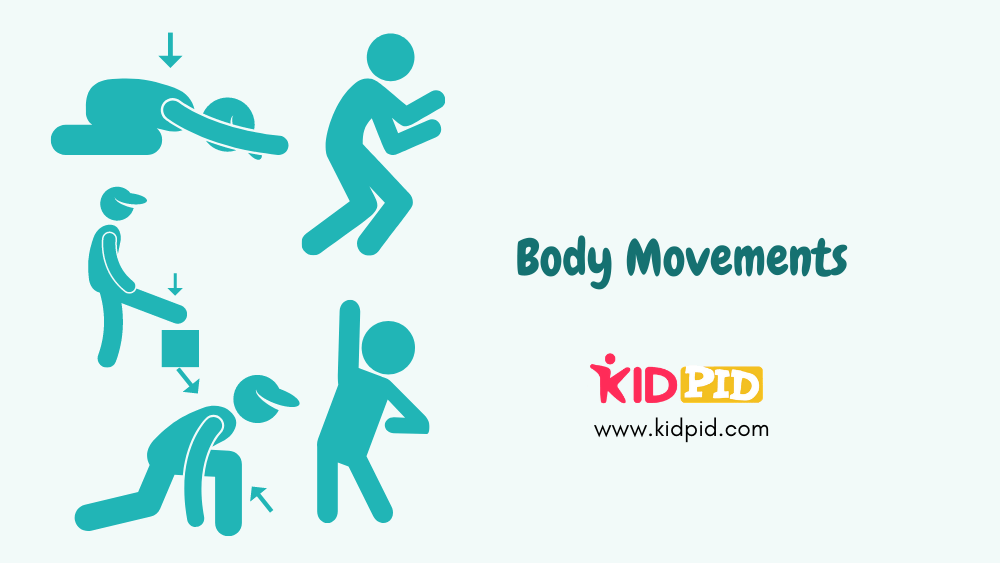Why can I jump?

The ability of a person to jump requires not only power but a combination of speed and strength. To jump high we need to beat gravity. Gravity has a speed of about 9.8 meters per second. One should have perfect coordination of the muscles to lift their body in the air. Muscles should have the flexibility to contract quickly and generate the required force. Athletes dedicate many hours of their training to increase their vertical jump.
Various sports such basketball, volleyball, and gymnastics require the ability to jump and is the key to success in that sport. However, this ability reduces as we age or become inactive.
We can jump because we have both joints and muscles. The knee joints play a vital role in determining how high a person can jump. Rope-jumping is one of the best exercises to increase the strength of our muscles and knee joints. Joints help the skeleton to bend where the bones meet. Muscles contract, generating enough airlift to push our bodies up in the air. Let’s now discuss these topics in detail.
Contents
Joints and muscles that help in jumping:
1. Leg Muscles
The main muscles that help us jump are the quads, hamstrings, and calf muscles. These muscles work as a team to provide the lift and force necessary to propel the body upwards. The upper body also plays a crucial role as it provides balance and momentum during a jump.
2. Knee-joint
The knee joint connects the bones of the leg. Knee-joint is an example of hinge-type joint which allows flexion and extension. During the jump it helps the lower legs move backward and forward. It also acts as a shock absorber which helps the legs cope with the stress of jumping. It is one of the largest joints in the body.
3. Hip-joint
Hip-joint forms a connection between the lower limbs and the hips. It is an example of a ball and socket joint. This type of joint helps in rotatory movement. During the jump, this joint pushes the upper part of the body forward. It provides body balance after landing. It is one of the most crucial joints in the body.
What’s inside a joint?
The joints are the area where two or more bones meet. Joints are comprised of the following things:
- Tendons – It controls the movement of joints. It connects the muscles to the bones.
- Cartilage – It covers the surface of bones at joints and helps reduce friction between movements.
- Ligaments – It surrounds the joints to give support and limits the joint’s movement. It connects bones.
- Synovial Fluid – A clear, sticky fluid secreted by the synovial membrane that reduces friction between the bones.
Fun-Facts:
- There are places in our bodies where bones meet but don’t move at all. The skull is a primary example of this.
- At the knee-joint, three bones connect: your thigh bone (femur), your kneecap (patella) and your shin bone (tibia).
Objective Questions:
- Which type of joint is knee-joint?
(a) Hinge joint
(b) Ball socket joint
(c) Saddle joint
(d) Pivotal joint - Which type of joint is hip-joint?
(a) Hinge joint
(b) Ball socket joint
(c) Saddle joint
(d) Pivotal joint - Which muscle is not present in the legs?
(a) Hamstrings
(b) Calf muscles
(c) Quads
(d) Trapezius - What of the following joins two bones called?
(a) Tendons
(b) Cartilage
(c) Ligaments
(d) Synovial Fluid
Quiz:
- Ligaments surrounds the joints to give support. (T/F)
- Knee-joint is an example of the ball-socket joint which allows flexion and extension. (T/F)
- Muscles should be flexible to contract quickly and generate the required force. (T/F)
- Shoulder muscles work as a team to provide the lift and force and propel the body upwards. (T/F)
- Ligaments connect muscles to bones. (T/F)






Responses